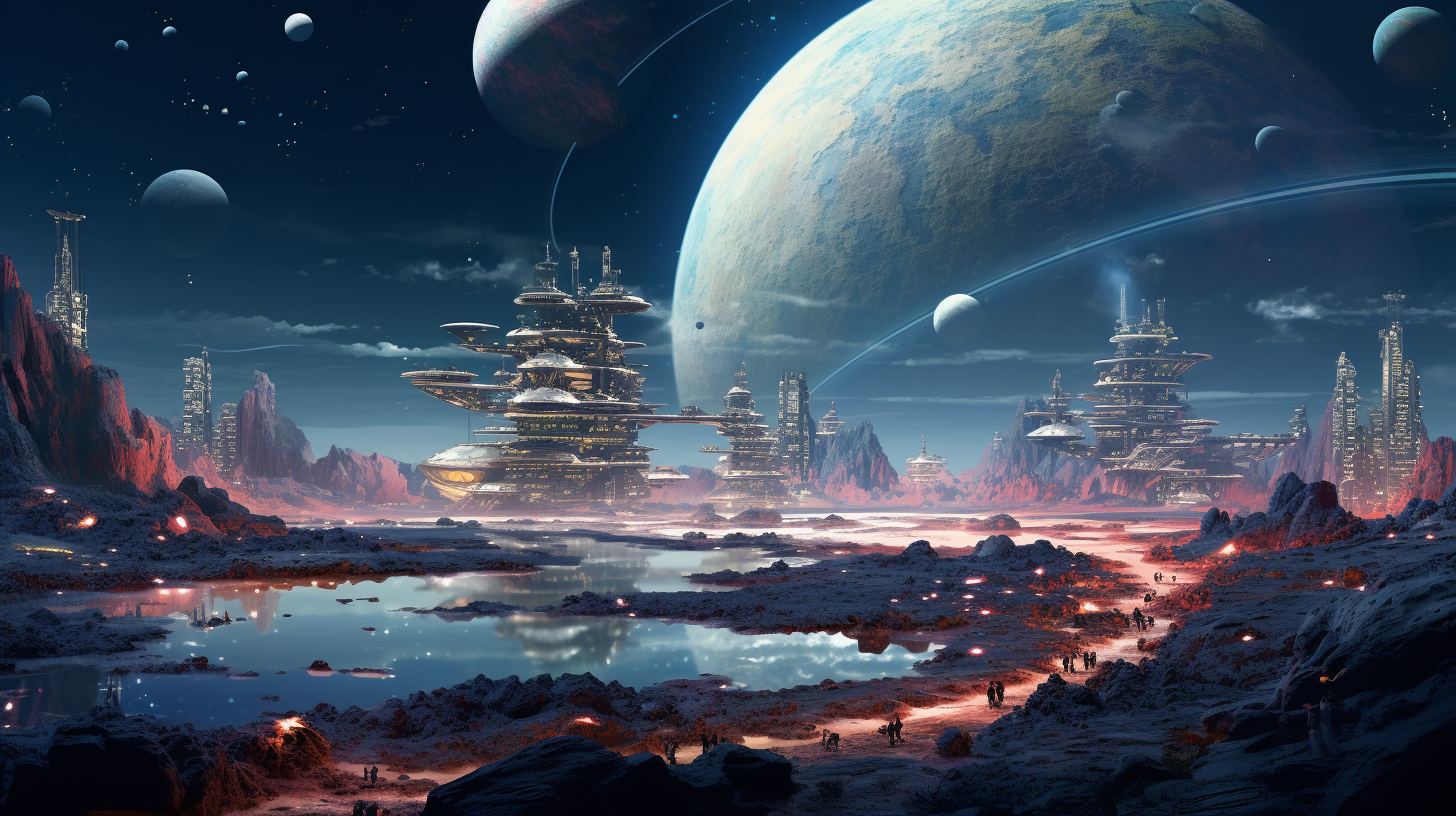n a world captivated by the mysteries of the cosmos, we find ourselves at the brink of a new era, one where the boundaries of our terrestrial home are expanding to encompass alien realms. While the notion of venturing into space has long fascinated humanity, the dream of colonizing other planets is now tantalizingly within reach. This vision, underscored by NASA’s ambitious plans to send astronauts to Mars in the 2030s, represents the zenith of human exploration. But what if we told you that the concept of terraforming alien planets is not as foreign as it seems? What if the seeds of this idea were sown millennia ago right here on Earth?
Today, we embark on a voyage that seeks to understand the parallels between our present-day aspirations and the age-old beliefs of ancient cultures. While we are yet to step foot on Martian soil, it appears that we may not be the first beings to ponder the transformation of an alien world into a hospitable abode.
Our journey begins with the realization that our current forays into space make us little more than tourists in the cosmos. We ferry all our necessities with us, tethered to the comforts of our home planet. However, the next giant leap in our cosmic odyssey requires us to utilize the resources we encounter beyond our world. It is the transition from resource-heavy missions to self-sufficiency that marks the true pioneering spirit of human space exploration.

Intriguingly, the resources we need are already there, waiting to be harnessed. As we prepare to establish colonies on other planets, we must learn to tap into these native resources. This includes cultivating our own food and adapting to the challenges of alien environments. NASA envisions a future where innovation and technology will render the Martian landscape more welcoming than previously envisioned. But could this transformation be reminiscent of ancient times when extraterrestrials, if the theories are to be believed, altered Earth’s environment to suit their purposes?
According to proponents of ancient astronaut theory, clues to our extraterrestrial past abound in the annals of human history. These theorists suggest that stories from diverse ancient cultures allude to the presence of otherworldly beings who may have influenced our development. Take, for instance, the Kayapo people in Brazil, who have a captivating legend of the Bep-Kororoti. This celestial being descended from the heavens with great noise and fanfare, piloting a craft that could only be described as outlandish. He gifted the Kayapo with knowledge of civilization, medicine, agriculture, and more. To this day, the Kayapo celebrate him, with a priest donning an outfit resembling a spacesuit during their rituals.
The question naturally arises: Where did the Kayapo derive the idea of a being in a spacesuit if not from an extraterrestrial encounter in the distant past? This intriguing legend, shared among many ancient cultures, sparks contemplation about the possibility of extraterrestrial intervention in our planet’s evolution.
As we stand on the precipice of interplanetary colonization, it’s tempting to wonder if the grand endeavor before us is a continuation of a process initiated by ancient visitors to Earth. Are we following in their footsteps as we contemplate the transformation of barren landscapes into thriving habitats for humanity? While the truth may forever remain shrouded in the mists of time, our journey into the stars carries with it the echoes of ancient wisdom, hinting at a connection between the past and our cosmic future.
Video:
In this era of cosmic exploration, we find ourselves not just as mere adventurers but as pioneers, seeking to carve a path toward a future where the frontiers of Earth and space merge. As we gaze at the heavens, let us remember that the universe holds the secrets of both our past and our destiny, waiting to be unlocked by those with the audacity to explore.

23 thoughts on “Extraterrestrial Influences: Charting the Course for Human Space Colonization”
Comments are closed.